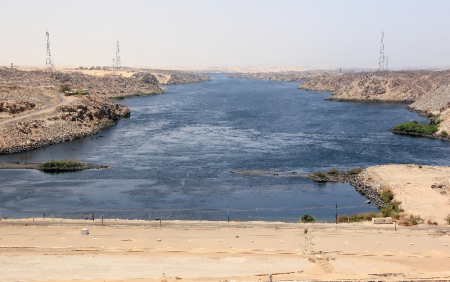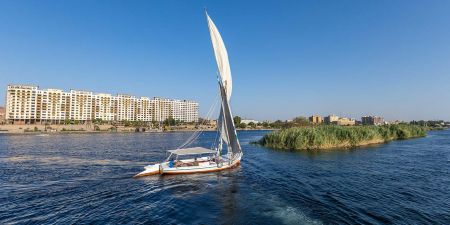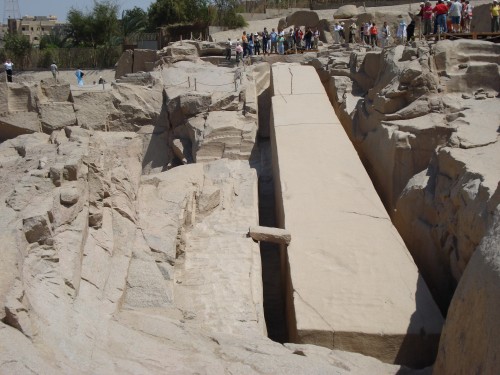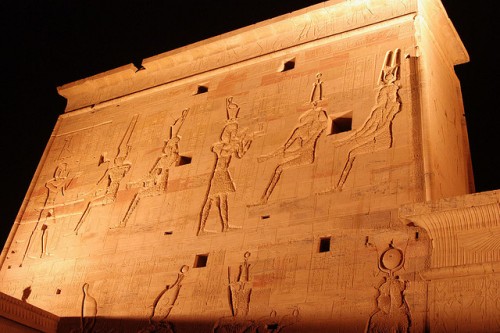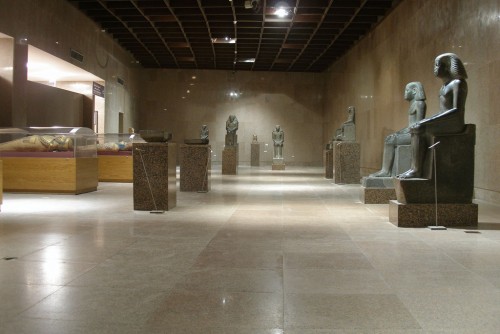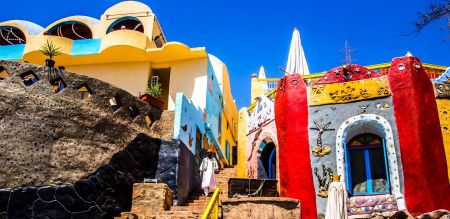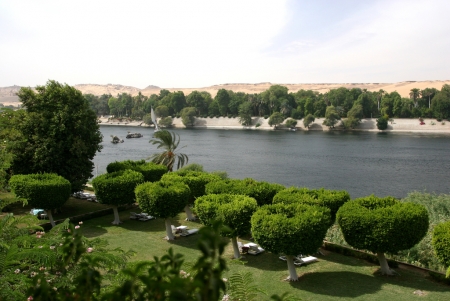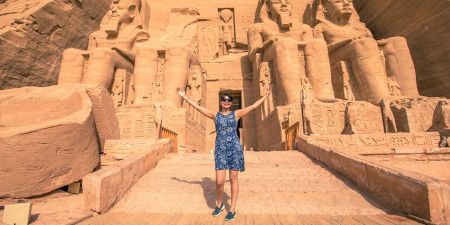Attractions In & Around Aswan
Often sitting in the shadow of Luxor due to it’s famous sites, Aswan is unique in it’s own right having the wonderful Nubian culture of colour and history, along with contemporary modern structures such as the Aswan high Dam which mixes with the old Pharaonic history such as Philae Temple, the Unfinished Obelisk and more. Nubian villages light up the West Bank of Aswan with their colourful houses, whilst the City of Aswan has its delightful market with the sweet smell of incense and herbs. Aswan is a very special City which combines the beauty of the Nile Valley and the mysteries of Ancient Egypt Temples. Memphis Tours provides you here with a complete catalog of Aswan's famous sights, history, location, what to do and where to go and everything you would need to know about the first city of Nubia from the Egyptian side.
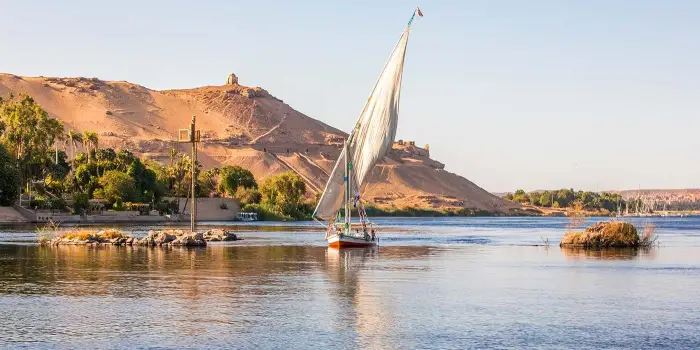
Lake Nasser, Egypt’s vast artificial reservoir, reshaped the Nile, boosted agriculture and fishing, and preserved historic sites like Abu Simbel.
Philae Temple, dedicated to Isis, was relocated to Agilkia Island to preserve its ancient Ptolemaic structures and remains a UNESCO World Heritage site.
Aswan is Egypt’s southernmost city and lies, like Luxor and Cairo, on the shores of the Nile River, at its first cataract. Know More!
Discover the history and purpose of the Aswan High Dam — learn how it shaped Egypt’s future. Read more about this modern marvel!
The unfinished obelisk is the biggest known ancient obelisk and is found in the northern section of ancient Egypt's stone quarries near Aswan, Egypt.
The Egyptian Gods and Goddesses, like Osiris, will give you their life tales. The narrative of Isis and Osiris is brought to life by spectacular lights and captivating music.
Kitchener's Island, commonly known as the Island of Plants near Aswan, is one of the most tranquil spots on the Nile.
Discover the Nubian Museum in Aswan and explore Egypt’s rich southern culture. Learn how this museum connects past and present.
Discover the history and beauty of Nubian Village Aswan. Learn how this riverside community keeps its ancient culture alive.
Aswan Souk is a vibrant bazaar that sells Egyptian and African items. Also known as Sharia as-Souq, it is the cheapest spot in Aswan to buy souvenirs.
Elephantine Island is located opposite Aswan City and close to the Old Cataract Hotel. A little island, yet crucial in Aswan's history.
A Felucca trip from Aswan Centre takes less than ten minutes.
Philae Island was flooded when the old dam was constructed, onwards past the Aswan Dam and the huge manmade lake, Lake Nasser, comes to a halt at Abu Simbel. Know More .!
Frequently Asked Questions
Got questions? We’ve got answers. Find everything you need to know to plan your perfect trip.
A: Most travelers start from Sharm El Sheikh in the evening to climb Mount Sinai overnight, either by the steep Steps of Penitence or the gentler El Bashait route. Reaching the summit at sunrise offers unforgettable views. After descending, visitors often tour St. Catherine’s Monastery, one of the world’s oldest Christian monasteries, built on the site of the Biblical Burning Bush.
A: Visitors can explore rare religious art, ancient icons, and one of the world’s most important manuscript collections inside St. Catherine’s Monastery. The highlight is the Chapel of the Burning Bush, next to the legendary Rubus Sanctus plant, believed to be where Moses encountered God.
A: St. Catherine’s National Park is a biodiversity hotspot, home to rare animals like the Sinai Rosefinch, Ibex, wolves, striped hyenas, and unique plants such as the Sinai primrose. Thoughtful conservation ensures visitors can explore this natural wonder without harming its delicate ecosystem.
A: Safaga is 53 km south of Hurghada along the Red Sea coast. It is known for pristine beaches, calm waters, bungalows, resorts, and a peaceful environment.
A: Visit ancient and religious sites early in the day when it’s cooler, and explore museums and indoor attractions later in the day.
A: Cairo, Luxor, and Sharm El-Sheikh are ideal for families. Must-see attractions include the Pyramids of Giza, Karnak Temple, Nile felucca rides, the Alexandria Library, and the White Desert, offering history, adventure, and interactive experiences for children of all ages.
Egypt has over 30 protected areas, including several officially recognized national parks such as Ras Mohammed, Wadi El Gemal, and White Desert.
Discover More About Egypt
Explore unique stories, insider tips, and must-see spots to make the most of your visit.

